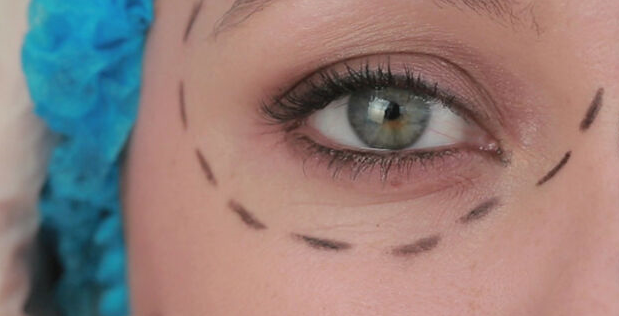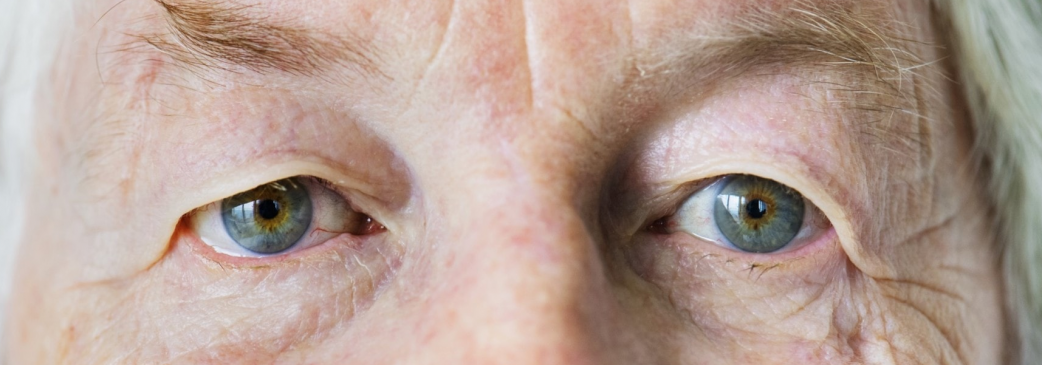To find out about the most suitable vision correction option, register for a visit, or find out other important information, leave your contacts, and we will contact you as soon as possible.
Eyelid plastic surgery
The skin in the eye area is fragile and soft, so the changes caused by age become more noticeable in this area over the years.
Cosmetic defects such as wrinkles, loss of skin firmness, "bags" under the eyes, eyelid sagging and the like can be a concern from the age of 25-30.
It is indeed possible to maintain youth and beauty until a certain time with the help of various cosmetics and follow the principles of a healthy lifestyle. Still, there is always a time when a person has a choice - to accept these age changes or perform eye surgery or oculoplastic, also called blepharoplasty, thus significantly improving your appearance and self-confidence.
Ageing is not always the leading cause of visual problems in the eye area. Still, there are also various inherited or lifelong eye health problems that can also require plastic eye surgery.

Oculoplastics is a sub-branch of ophthalmology, including various types of plastic surgery in the eye area for cosmetic and medical reasons.
Oculoplastic surgeries are performed by an ophthalmologist-surgeon who specialises in plastic surgery in the eye area.
In which cases oculoplastic surgeries are performed?
Eye plastic surgeries for our patients are performed both for medical indications and when it is considered for the improvement of appearance, namely for cosmetic enhancements. So that slipped eyelids and bags under the eyes do not make a person visually older than their age or look unreasonably tired.
Eyelid plastic surgeries are often performed to prevent sagging eyelids from becoming an obstruction to vision.
Cosmetic problems include all eyelid changes that do not affect human health in general and do not refer to the visual organ's health and functionality.
- This category includes, for example, the excessive fold of eyelid skin over the years, which creates a more tired look, as well as "bags" above and below the eyes.
- Cosmetic disorders also include small eyelid formations, most commonly papillomas, which do not affect the eyeball, small non-inflammatory cysts, and small yellowish formations on the eyelid skin, which are usually cholesterol or other lipid deposits.

Changes of a medical nature are those that cause actual visual impairment.
- Visual disturbances can be caused, for example, by a markedly excessive skin fold, which is especially common in the elderly, or by a sagging or ptosis of the eyelid, which partially or even wholly covers the pupil.
- This pathology can be both inherited and acquired during life as a manifestation of other general diseases or as a result of the ageing of the eyelid ligament.
- The medical indications also include changes in the eyelid position when the eyelid begins to turn inwards towards the eyeball (entropy). As a result, the lashes are rubbed continuously against the eye's surface, irritating it and causing inflammation, which unfortunately does not respond to treatment with anti-inflammatory drops.
- The opposite can also happen - the eyelid can expand outwards. The eye is continually tearing and inflamed because its mucous membrane is not protected from the environment.
- Improper eyelash growth (trichiasis), like inwardly turning the eyelid, can also cause permanent eye irritation. Improperly growing lashes can be regularly pulled out in the eye doctor's office, or the problem can be corrected surgically by choosing the appropriate surgery method for each case.
- Medical problems also include a variety of tumours, which can also be dangerous to human life. Therefore, sometimes patients think that a small formation requires a rather severe operation with extensive reconstruction.
- Oculoplastic surgery is also required in patients after paralysis of the facial nerve (in which case the operation is performed both to preserve the eye, as it is not possible to close the eye, and for cosmetic purposes) when it is necessary to remove the eye organ and replace it with an implant.
- Various tear pathologies and diseases of the eye's orbit are also within the plastic eye surgeon's competence.
The operation is usually performed under local anaesthesia, and the patient can go home within a few hours. At the patient's request, the operation can also be performed under general anaesthesia, with the attending physician's prior agreement.

Eye surgery in our clinic is performed by a certified eye doctor - surgeon Dr Iveta Mežatuča, who has acquired professional skills and practice in Denmark and Estonia and under the guidance of Michael A. Burnstine (M.D.), the leading eye plastic surgeon in the USA.



